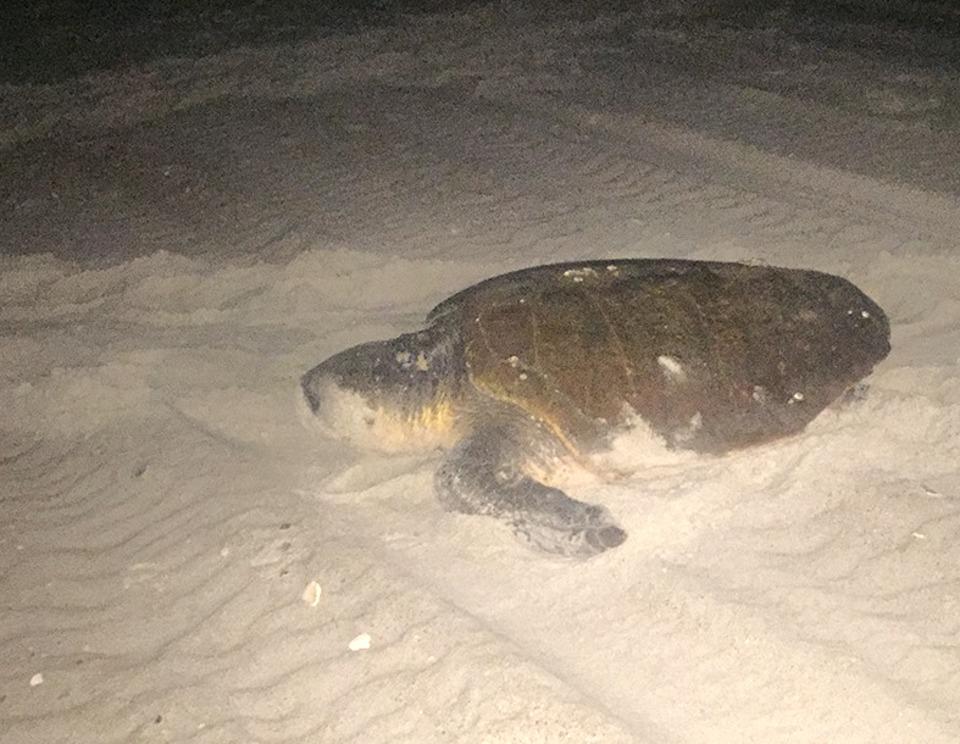
It's been a banner year for wildlife nesting at Cape Lookout National Seashore/NPS
Nearly half of Cape Lookout National Seashore's 47 miles of beach are closed to motor vehicles due to a banner year of wildlife nesting that park officials are attributing to last fall's Hurricane Florence.
Cape Lookout, on North Carolina's Outer Banks, is an incredible destination if you're looking for a national seashore set on barrier islands that have pretty much been left in their natural state. Unlike nearby Cape Hatteras National Seashore and Cape Cod National Seashore, there are no beach houses, no major roads, no communities. Instead, their are miles and miles of ocean-front beach, more miles of beach and maritime forest facing Core Sound and Back Sound, and 40 miles of "backroad" that roams through the dunes.
Entering this week, though, 19 out of 47 miles of beach were closed to motor vehicles due to wildlife, from nesting birds to sea turtles. The 40 miles of backroad remained open to vehicles.
According to park technicians, there have been more than 112 shorebird nests, consisting of Piping Plovers, American Oystercatchers, and a multitude of terns and black skimmers. Why so many? Hurricane Florence last September improved the nesting habitat for shorebirds by flattening the dune line, creating a large sand flats devoid of vegetation, according to resource staff. This change allowed the nesting birds to see would-be predators from a distance and the parental birds can confuse and redirect the predator away from the nest. Therefore, more bird nests survive to hatch and produce chicks that take anywhere from 25 to 45 days to fledge until they take flight.
Meanwhile, there are a record-setting 217 sea turtle nests. Loggerhead and Green sea turtles account for these nests that add up to more nests than the total Cape Lookout had for all of the 2018 season. The sea turtles started early and strong in the month of May. Resource rangers began looking for nests on May 1, and will continue to conduct daily patrols until September 15. The first nest was discovered on May 4. By the end of the month, there were already 82 nests compared to just 10 nests last May. The average number of nests at the national seashore during the month of May is 7.7 nests.
“Our dedicated biological monitoring staff have been overwhelmed with monitoring and managing this upsurge in beach wildlife, but are excited that this will be one for the record books at Cape Lookout,” said Jon Altman, the seashore's resource management supervisor. “I would also like to thank Cape Lookout National Seashore visitors for their cooperation in respecting the temporary wildlife closures.”



Add comment